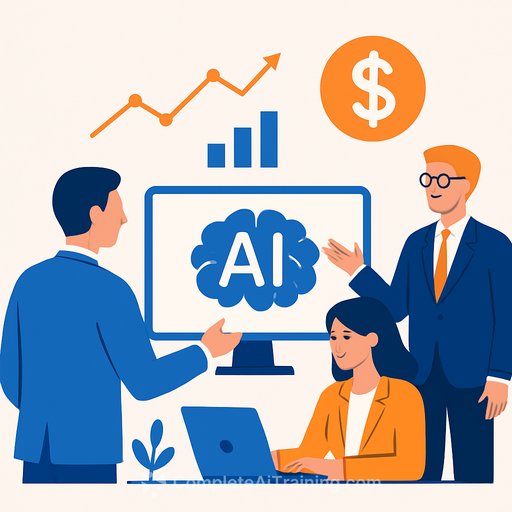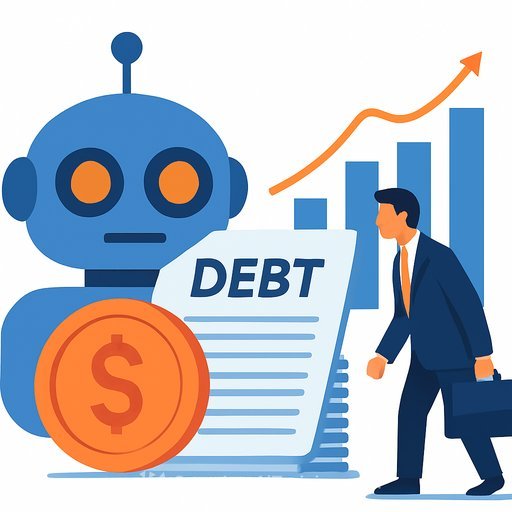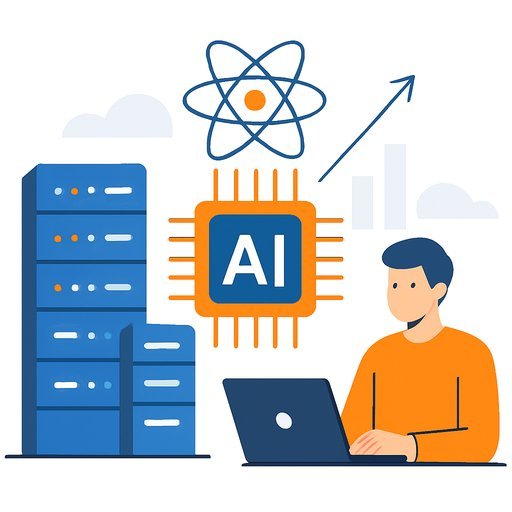OpenAI's "Project Mercury" Is A Signal To Finance: The Manual Work Is Getting Automated
OpenAI has quietly built a team of 100+ former investment bankers to train its AI on the grunt work that eats junior hours. The internal initiative, code-named Project Mercury, pays $150 per hour to build financial models for deals like IPOs and restructurings, according to Bloomberg.
The goal is simple: turn high-friction workflows into repeatable, AI-assisted processes that scale across finance and tech. OpenAI reached a $500 billion valuation earlier this month, but hasn't turned a profit - so it's pushing hard on real-world use cases.
Key Points
- 100+ ex-bankers (from firms like JPMorgan, Goldman Sachs, and Morgan Stanley) are training OpenAI models under Project Mercury.
- Contractors earn $150/hour to submit industry-standard Excel models for transactions, including IPOs and restructurings.
- Application flow: a 20-minute AI chatbot interview, technical tests, and ongoing weekly model submissions. No public listing on OpenAI's careers page at the time of writing.
What Project Mercury Actually Does
This isn't a research demo. It's an operations play. Contractors feed clean, standardized financial models into AI so it can learn the patterns bankers use every day: statements, adjustments, sensitivities, comps, debt schedules, and the logic behind them.
Think: fewer midnight Excel rebuilds and fewer last-mile edits to slides. The target is accuracy, speed, and consistency across repetitive deliverables.
Who's In The Mix
Participants reportedly include former Wall Street analysts and associates, plus MBA candidates from Harvard and MIT. That signals a clear market: people who know the workflow and can translate it into well-structured training assets.
Career Impact: Help Or Handicap For Juniors?
Automating modeling and deck edits can reduce burnout. But there's a real trade-off. Jeanne Branthover, head of global financial services at DHR Global, told Bloomberg that doing the work manually builds judgment, attention to detail, and confidence with clients.
Her warning is blunt: skipping the foundational reps can be "detrimental to the young bankers." In other words, the path to becoming client-ready may get shorter on paper and longer in practice.
How Major Firms Are Already Using Generative AI
- Citigroup rolled out its Stylus platform in late 2024 to 140,000 employees across eight countries. It summarizes, compares, and searches across documents to compress analysis time.
- McKinsey reports that more than 75% of its 43,000 employees use Lilli, its in-house AI, to produce slides, research, and proposal drafts.
The signal is clear: document-heavy, version-heavy, and rules-based tasks are being systematized. Finance is next in line.
What To Do If You Work In Finance
- Codify your process: Turn your modeling steps into checklists and templates. If you can't write the steps down, you can't delegate them to AI.
- Level up your data hygiene: Clean inputs, transparent assumptions, consistent labeling. Models fail where humans cut corners.
- Own the review layer: AI drafts; you validate. Build a habit of tie-outs, variance checks, and red flags before anything reaches a client.
- Focus on client context: As execution gets faster, value shifts to storytelling, negotiation, and judgment under constraints.
- Create an AI toolkit: Set up prompt libraries for comps, diligence summaries, sensitivity narratives, and slide redlines.
Governance That Actually Works
- Source control: Keep a clear log of versions, data sources, and assumption changes.
- Approval gates: Separate the person who builds from the person who signs off. Add automated checklists before client delivery.
- Privacy and compliance: Lock down PII, MNPI, and vendor terms. Treat prompts and outputs like work product.
What To Watch Next
- Deal-ready modeling workflows that sync Excel with AI-native checks and narratives.
- Slide automation that turns model updates into client-ready pages without manual formatting.
- Role redesign: juniors spend less time rebuilding and more time validating, scenario planning, and client prep.
Bottom Line
OpenAI is paying for your playbook so its systems can do your repetitive work. That's an opportunity if you move up the stack - from keystrokes to decisions. It's a risk if your value is keystrokes.
Build the skills that won't get automated: structured thinking, client context, and quality control. Let the machine do the busywork. You own the outcome.
Next Steps And Resources
- Curate your own AI stack for finance: tools, workflows, and prompts that cut hours from modeling and review. Explore vetted options here: AI Tools for Finance.
- If you're building capability across a team, see role-specific learning paths: Courses by Job.
Your membership also unlocks:





